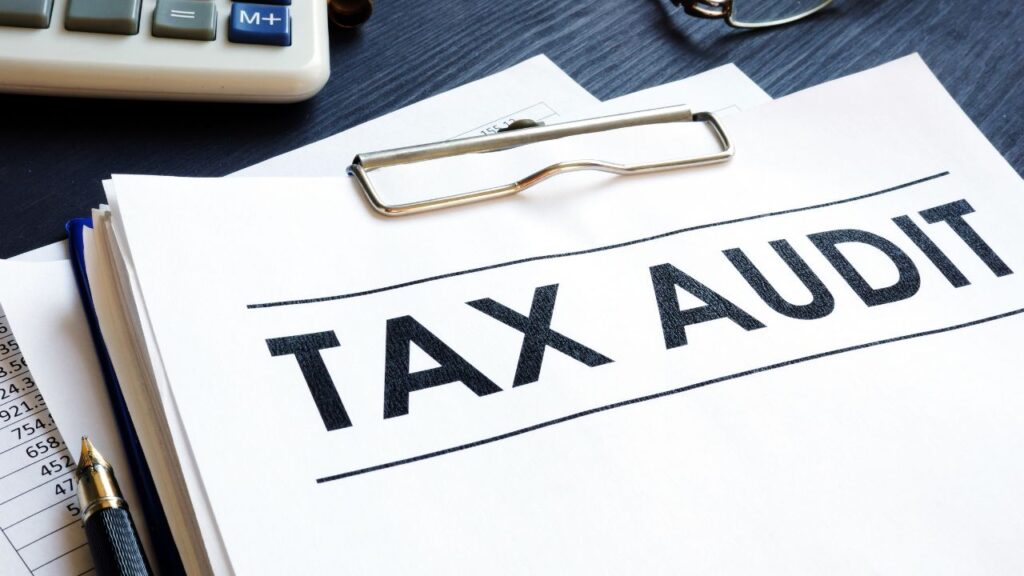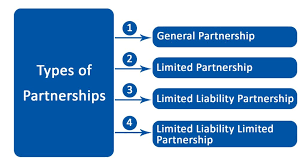Tax Audit
Section 44AB of the Income-tax Act, 1961, states the regulations for the tax audit of a firm or entity. The tax audit ensures that the taxpayer has provided complete and accurate information regarding his income, deductions, and taxes. This is to be conducted by a Chartered Accountant. The entity has to maintain proper books of accounts to be audited by a Chartered Accountant. The books of accounts should comply with the rules and regulations of the Income Tax Act 1961. Section 44AB of Income Tax Act, 1961 defines the rules and regulations for the tax audit of an entity or a firm. This tax audit is conducted to ensure that the taxpayer has offered all the required details about his income, taxes, deductions, etc. Note, this tax audit is run by a Chartered Accountant (CA). What is a Tax Audit There are various kinds of audits being conducted under different laws such as company audit/statutory audit conducted under company law provisions, cost audit, stock audit etc. Similarly, income tax law also mandates an audit of certain taxpayers called as ‘Tax Audit’. As the name itself suggests, tax audit is an examination or review of accounts of any business or profession carried out by taxpayers from an income tax viewpoint. It makes the process of income computation for filing of return of income easier. Objectives of Tax Audit Ensure proper maintenance and correctness of books of accounts and certification of the same by a Chartered Accountant(tax auditor) Reporting observations/discrepancies noted by the tax auditor after a methodical examination of the books of account To report prescribed information such as tax depreciation, compliance of various provisions of income tax law, etc. Computation of tax and deductions becomes easy with auditing. The major role is to verify the information filed in the income tax return regarding income, tax, and deductions by the taxpayer. What is Section 44AB of Income Tax Act The Income Tax Act 1961 defines the regulations and provisions associated with tax audits under section 44AB. This section outlines the specific regulations for maintaining proper books of accounts and essential financial records by the taxpayer. This section is useful for recording complete information about a taxpayer’s income, tax, deductions, etc. Once the audit is completed by a Chartered Accountant, he forwards the audit report to the income tax department. Applicability of Sec44AB of Income Tax Act (i) the aggregate of all amounts received, including the amount received for sales, turnover, or gross receipts during the previous year, in cash, does not exceed 5% of the said amount; and (ii) Aggregate of all payments made, including amount incurred for expenditure, in cash, during the previous year does not exceed 5% of the said payment: Threshold limit would be 10 crores instead of Rs 1 crore (from 1 April 2021, for Financial Year 2021-22 – Rs 5 crores) A person in a certain profession with a gross receipt of more than Rs 50 lakhs during the previous year An individual who has opted for Sections 44ADA and Section 44AD but claims his income is lower than the profits calculated under presumptive taxation and income is more than the taxable amount An individual who has opted for Sections 44AE, 44BB, 44BBB but claims that his/her income is lower than the profits calculated under the said sections in any previous year. Who is Required to do an Income Tax Audit under Section 44AB Category of Person Threshold for Tax Audit Business Carrying on a Business (not opting for a presumptive taxation scheme) Total sales, turnover or gross receipts exceed Rs. 1 crore in the Financial Year (or) If cash transactions are up to 5% of total gross receipts and payments, the threshold limit of turnover for a tax audit is increased to Rs 10 crores (w.e.f. Financial Year 2020-21) Carrying on business eligible for presumptive taxation under Section 44AE, 44BB or 44BBB Claims profits or gains lower than the prescribed limit under the presumptive taxation scheme Carrying on business eligible for presumptive taxation under Section 44AD Declares taxable income below the limits prescribed under the presumptive tax scheme and has income exceeding the basic threshold limit Carrying on business and not eligible to claim presumptive taxation under Section 44AD due to opting out for presumptive taxation in any one financial year of the lock-in period (i.e., 5 consecutive years from when the presumptive tax scheme was opted) If income exceeds the maximum amount not chargeable to tax in the subsequent 5 consecutive tax years from the financial year when the presumptive taxation was not opted for. Carrying on business which is declaring profits as per presumptive taxation scheme under Section 44AD If the total sales, turnover, or gross receipts do not exceed Rs. 2 crore in the financial year, then tax audit will not apply to such businesses. Profession – Carrying on profession Total gross receipts exceed Rs. 50 lakh in the FY. – Carrying on the profession eligible for presumptive taxation under Section 44ADA 1. Claims profits or gains lower than the prescribed limit under the presumptive taxation scheme. 2. Income exceeds the maximum amount not chargeable to income tax. Business Loss In case of loss from carrying on business and not opting for a presumptive taxation scheme Total sales, turnover or gross receipts exceed Rs. 1 crore. If the taxpayer’s total income exceeds the basic threshold limit but he has incurred a loss from carrying on a business (not opting for a presumptive taxation scheme) Carrying on business (opting for presumptive taxation scheme under section 44AD) and having a business loss but with income below the basic threshold limit Tax audit not applicable Carrying on business (presumptive taxation scheme under section 44AD applicable) and having a business loss but with income exceeding the basic threshold limit Declares taxable income below the limits prescribed under the presumptive tax scheme and has income exceeding the basic threshold limit FAQs Who can conducts income tax audits? A practising chartered accountant (CA) or relevant authorities can do








